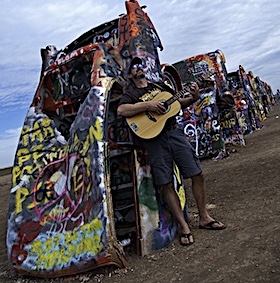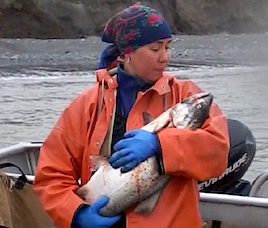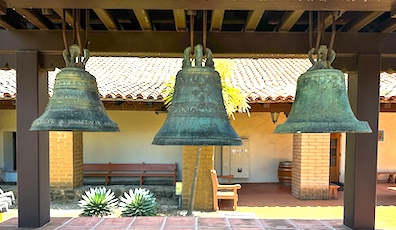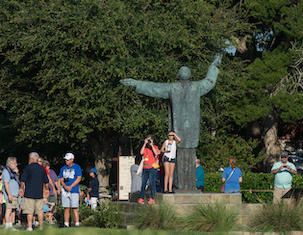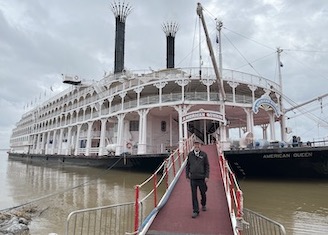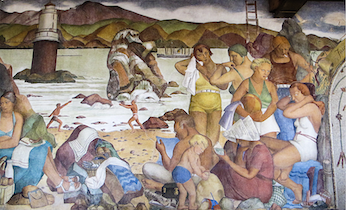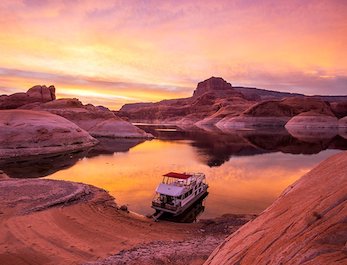Celebrate the Centennial of America’s Mythic Highway
Later this summer, Americans will begin celebrating Route 66, America’s Mother Road. It was formally established on November 11, 1926, in the heart of the Roaring Twenties, when newly affordable automobiles like Ford’s Model T and Model A offered unparalleled freedom. Its mythic aura and worldwide fame have only swelled since the 1930s when it…


